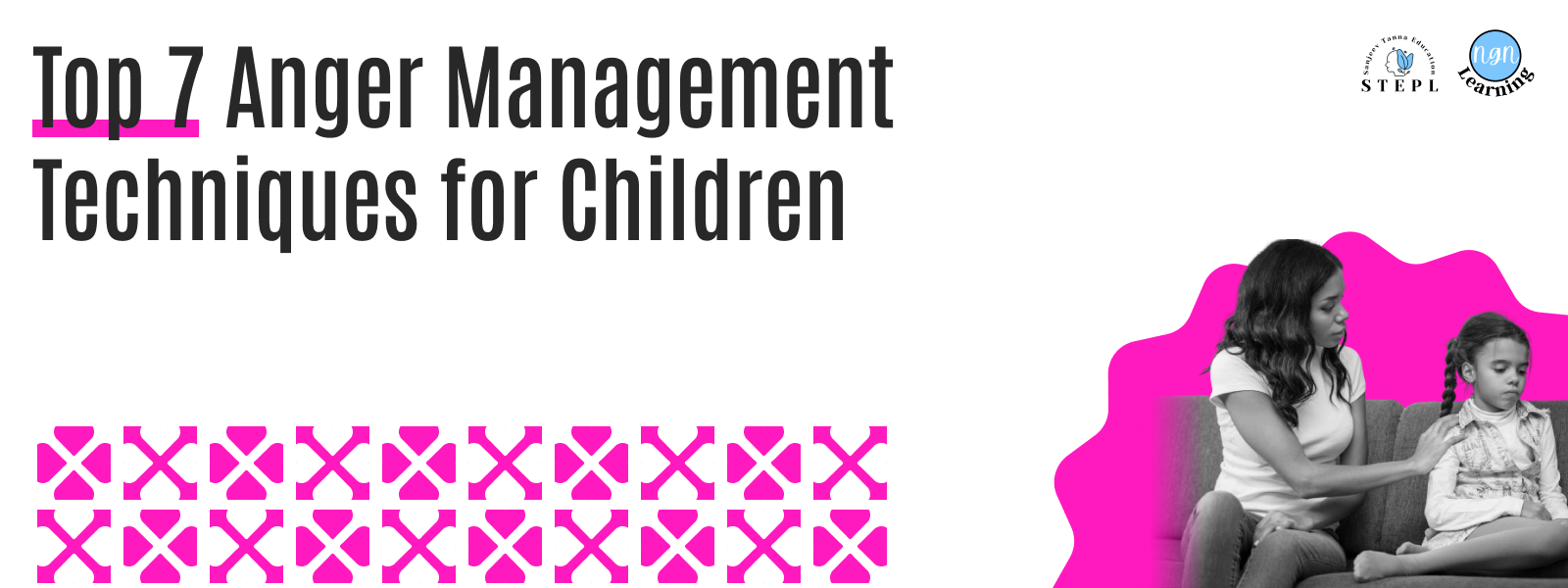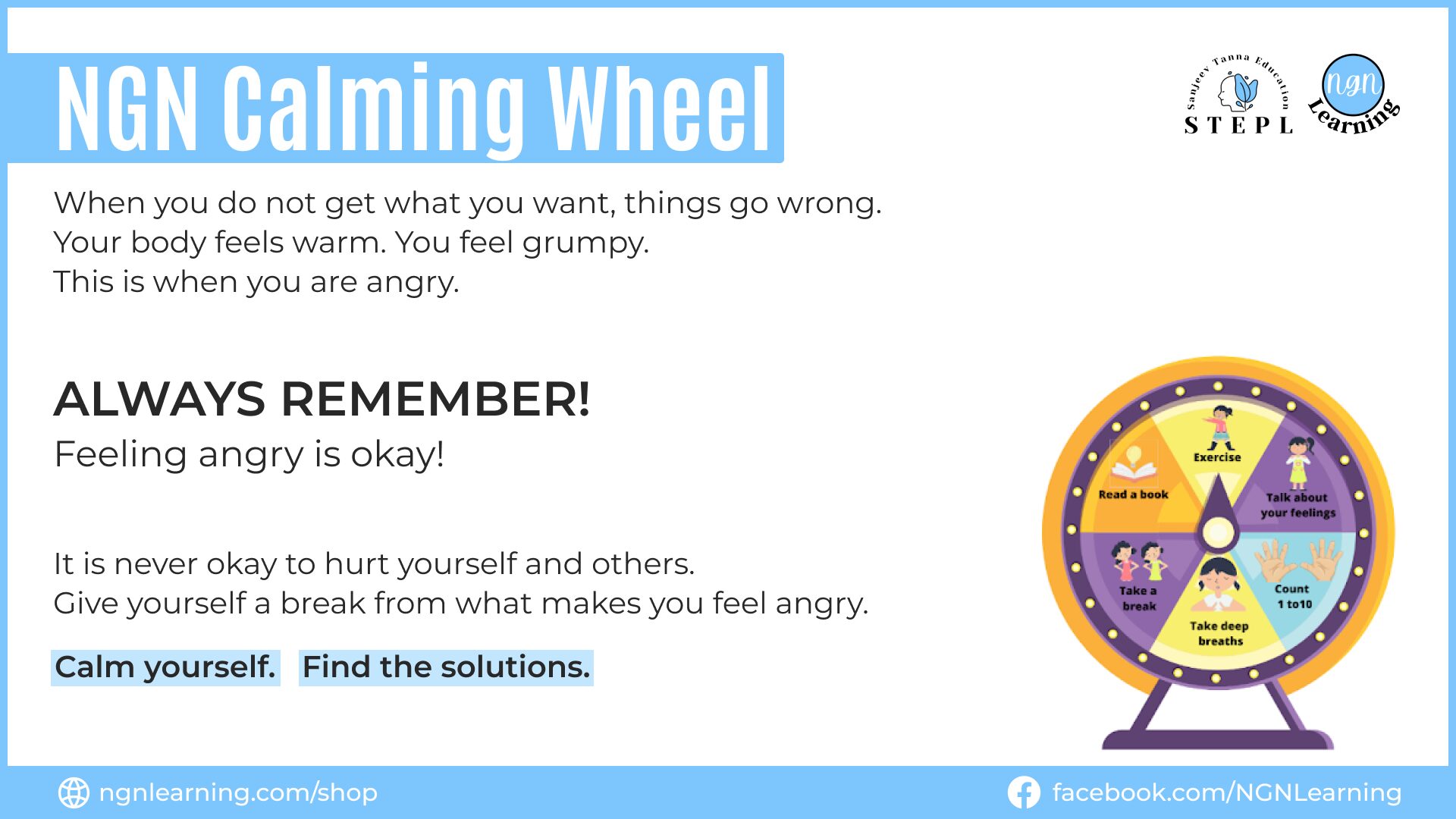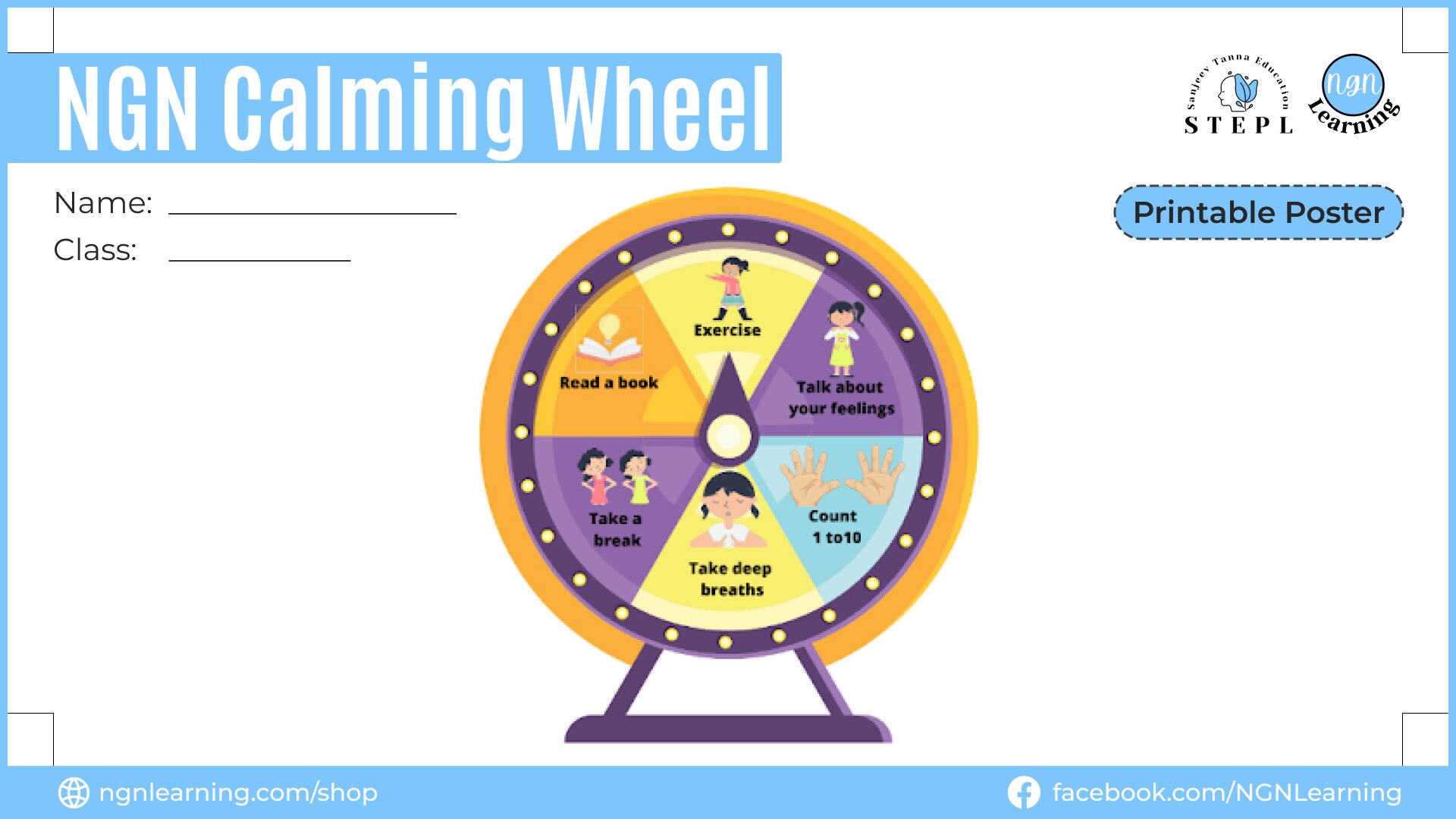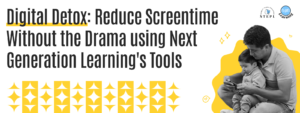Top 7 Anger Management Techniques for Children
Children’s anger is like a summer storm—intense but short-lived. With a bit of humor and a lot of understanding, you can weather it and see the sunshine again.
Have you ever heard, “Getting angry is wrong” or “Anger is not good”? Do you really think children understand what anger is, where it comes from, or are they just victims of such a strong emotion?
Imagine this: your six-year-old is in the middle of a tantrum. Toys are being thrown, tears are streaming, and your attempts to calm them down seem to be falling on deaf ears. You try reasoning, “Sweetie, don’t get angry like this”, or even offer a bribe, “If you quiet down, you’ll get chocolate”. But nothing seems to work. The situation escalates and you feel helpless.
Many parents face such challenges and wonder what they might be doing wrong. Let’s delve into some strategies to help manage your child’s anger effectively.
Understanding Anger in Children
Anger is a natural emotion, even for children. It’s important to understand that anger is not inherently bad; it’s how we manage it that matters. Children often don’t have the vocabulary or understanding to express their frustration, which can lead to angry outbursts.
Identifying the Cause of Anger
Children’s anger often stems from various sources:
Frustration: Maybe they’re trying to solve a puzzle and can’t get it right.
Attention-seeking: Sometimes, negative attention is still attention.
Physical needs: Hunger, tiredness, or illness can make children irritable.
For instance:
Rohit, a seven-year-old, starts crying and yelling because he can’t find his favorite toy. His mother, Neha, tries to calm him by saying, “Rohit, be quiet! I’m looking for your toy.” But Rohit’s anger intensifies.
Sometimes, parents unknowingly contribute to the problem:
Inconsistency in rules: If rules change frequently, children get confused and frustrated.
Lack of attention: Give children attention and reassurance.
Ignoring emotions: Dismissing their feelings with phrases like, “Why are you getting so angry?”, can make them feel misunderstood.
Effective Strategies for Managing Anger
1. Feeling Check-in
Teach your child to recognize and name their feelings. Use tools like emotion charts or simple questions like, “How are you feeling right now?” Teach them about anger and ways to manage it. Following Next Generation’s National Calming Wheel Tool can be helpful for you.
2. Free Talking
Encourage open communication. Let them express
their feelings without fear of judgement. Ask, “What is bothering you?” and listen patiently.
3. Understanding Needs
Often, anger is a mask for unmet needs. If they are hungry or tired, address these issues first. For example, if they are upset because they’re hungry, offer a snack and see if it helps.
4. Create a Calm Down Kit
A box with calming items like coloring books, mindfulness activities, stress balls, or their favorite storybook can help them calm down. Teach them to use it when they feel angry. Next Generation’s National Calming Wheel Tool can be helpful for your child in learning ways to manage their anger. Remember, it is a process, so don’t be hard on yourself or your child.
5. Consistent Rules and Boundaries
Set clear, consistent rules. Children feel more secure when they know what to expect. If you’ve said, “If you get angry, we won’t go to the park,” follow through calmly.
6. Model Calm Behavior
Children learn by observing. If you manage your anger calmly, saying, “I am getting angry, but I will stay calm,” they’re more likely to do the same.
7. Promote Self-Reflection
Encourage your child to think about what triggers their anger and how they respond. Ask questions like, “What made you feel this way?” and “How could you react differently next time?” This helps them understand their emotions and consider better ways to manage their anger.
When to Seek Further Help
If you’ve tried these strategies and nothing seems to work, it might be time to explore if the anger is linked to poor discipline. Remember, as a parent, you have the power to take charge and help your child navigate their emotions.
Managing a child’s anger is not easy, but with patience, understanding, and consistent effort, you can guide your child toward healthier ways of expressing their emotions. You can also explore Next Generation’s National Learning Shop to purchase Anger Management Printables and activities or Book a session for your child to learn anger management.
Remember, anger is an emotion that can be managed.
Often, it is a sign that your child requires love and attention.









